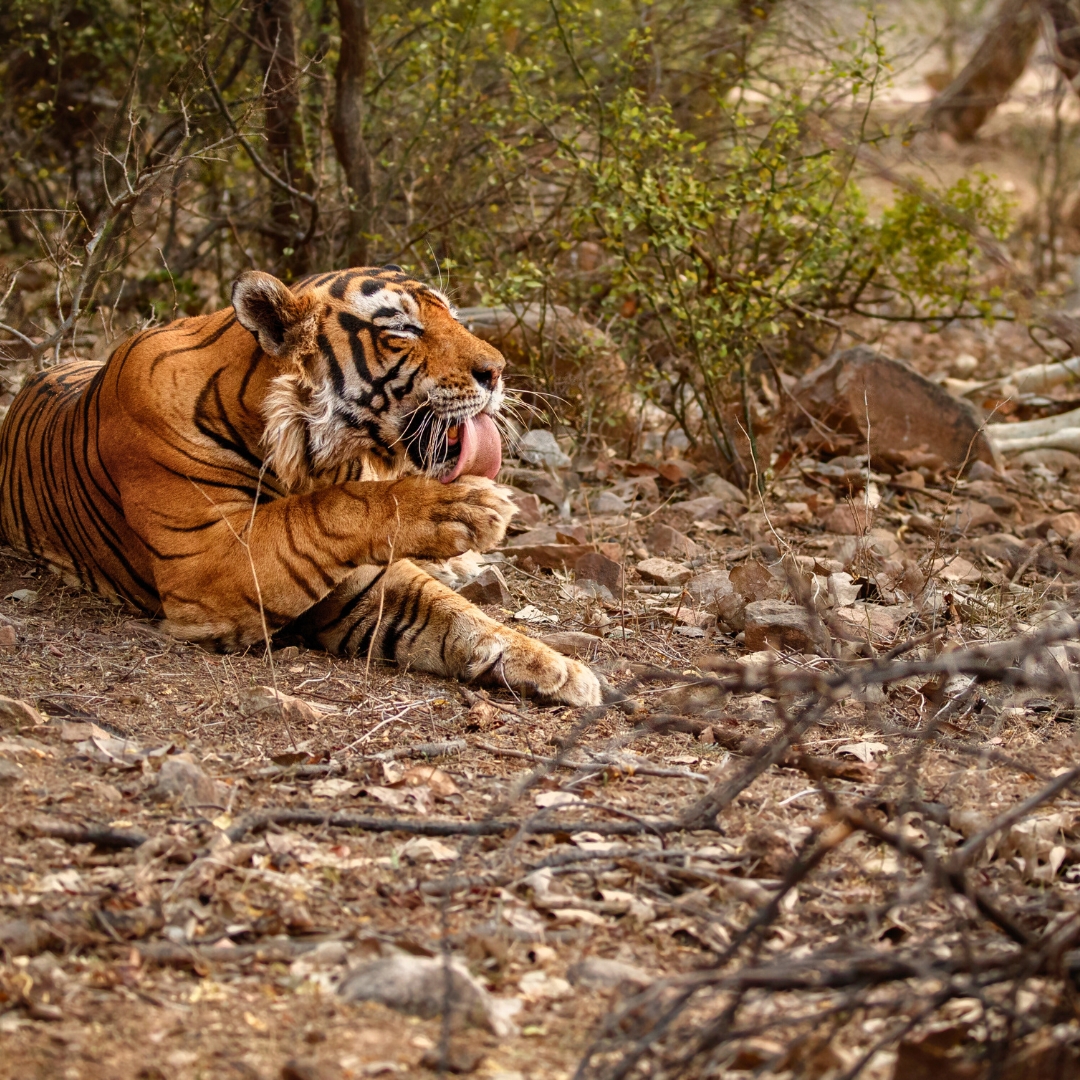Mowgli's Connection With Pench National Park
Uncovering Pench’s legacy
Pench National Park has a rich history and legacy that is yet to get its due credit for bringing this beautiful national park to the center stage on an international level.
Pench National Park lies on the foothills of the majestic Satpura Range, a sanctuary of untamed wildlife and mesmerizing sceneries. This national park, with its diverse flora and fauna and the flowing Pench River, inspired one of our most beloved stories: The Jungle Book by Rudyard Kipling.

Recent Blog
Categories
Contact
Pench: Home to the jungle law
As we wander through the forest, we can easily visualize Mowgli i.e. our man cub being a part of the wolf pack. We can see Akela- the alpha teaching Mowgli how to run like a wolf while Raksha treats him like one of her own and defends him against Shere Khan.
We can see Bagheera's sleek figure weaving through the trees and going atop the highest branch of a tree in search of a camp to crash for the night. We can see Baloo reaching for honey on the high grounds to stock up for the upcoming winter hibernation and later teaching the jungle law to Mowgli while singing by the Pench River.
We can see the langurs and the Bandar-log swinging around the idle branches after kidnapping Mowgli and taking him to the Monkey King while Bagheera and Baloo struggle to keep up with them to rescue him.
We can see the wide grasslands, the dense forest, and the deep gorges where Shere Khan was hunting Mowgli and where the final confrontation takes place.

The actual locations of The Jungle Book
The Pench River passes through the middle of the jungle and serves as a vital water source for the thriving wildlife. In The Jungle Book, this river plays a central role in the story, as it provides a meeting place for many of the animals and serves as a lifeline for the jungle’s inhabitants.
Near the outskirts of the park lies Kanhiwada, a village that reflects the rural settlements described in Kipling’s anecdotes. The villagers here, much like in The Jungle Book, coexist with the surrounding forest and its inhabitants. This village exemplifies how human communities have adapted to life on the edge of the wild.
Watering holes, such as Piyorthadi and Sita Ghat, are ideal spots to observe wildlife, much like the gathering places in the book where the animals would meet during the dry season.

Wildlife in Pench
The park is home to a variety of species that inspired Kipling’s characters. The majestic Bengal tiger, which may remind visitors of Shere Khan, prowls these lands. Meanwhile, sloth bears, leopards, wolves, and langurs evoke images of Baloo, Bagheera, and the Bandar-log monkeys. Each safari at Pench is a step closer to the story that has captured imaginations for generations.
The Jungle Book’s Cultural Connection
Beyond the natural beauty, Pench holds a cultural significance deeply tied to the story of The Jungle Book. Many of the local tribal communities have their own tales of the jungle, passed down through generations. These stories, rich with folklore, often mirror the themes of harmony, survival, and respect for nature that Kipling’s work embodies.
The Seoni Hills and surrounding forests have long been celebrated in local traditions as places of wonder and mystery. Exploring these areas provides visitors with a deeper appreciation of how the natural and cultural landscapes have influenced literature and storytelling.
Address
Tanas Resort
Tanas,
beside kohka Lake, kohka, pench national
park, MP





